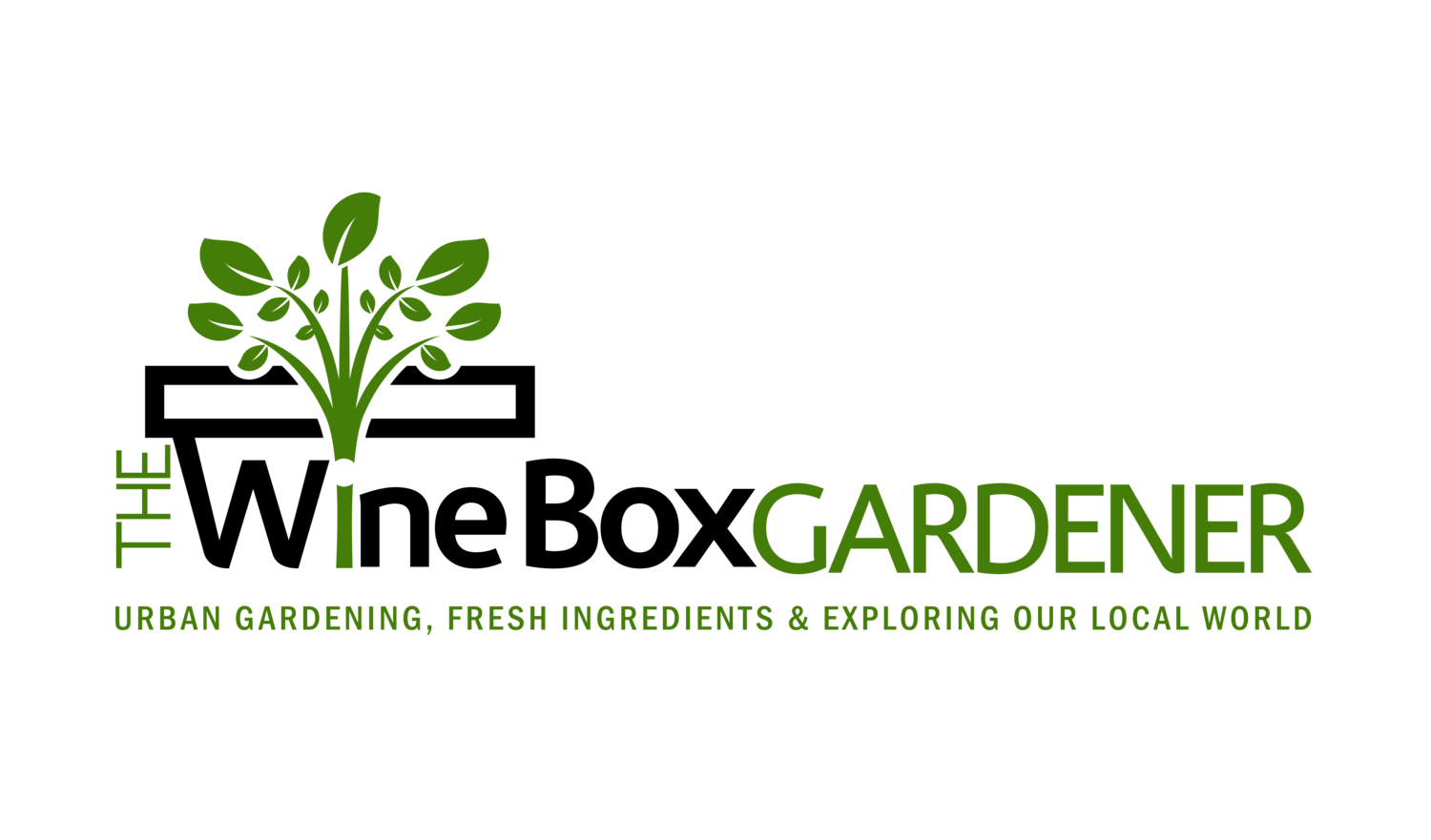Growing Green Beans
Besides being a low calorie, low fat, high fiber food, green beans are delicious and a versatile ingredient in the kitchen. The first time I grew beans, they really didn't do well, and I think it was because I was greedy...I planted lots of them and didn't thin them out and they didn't have enough nutrients and space to power their growth, and my overall yield was dismal.
This year, I decided to show a little restraint and it paid off. I got a nice harvest of beans recently, which I meant to share with my mother during a recent visit, but I forgot to bring them with me. (Sorry Mom!) This forced me to use them and I did so in this really great recipe for Green Bean Salad with Basil, Balsamic & Parmesan. If you're looking for something interesting and fresh to bring to your next summer party (or your own dinner table), this is easy to make and uses a great combination of fresh ingredients and flavors. I also recently planted a late harvest batch of Blue Lake 47 green beans which seem to be growing nicely. It's entering late July here in Zone 7a, and I'm thinking about the late summer plantings of peas and root veggies that I'll be doing in the next few weeks.
There are two basic categories of green beans, Pole beans and Bush beans. Pole beans are great if you have the space as they grow about 5-6', while Bush beans only grow a 1-2'. Despite what you might read, both are very "viney" and need a trellis or cage of some sort to flourish.
Thinking about growing green beans? Here are a few tips:
- Direct sow seeds outdoors rather than starting indoors. Plant after the threat of frost has passed.
- When planting in containers, use a container about 12"-16" in size and make sure there's good drainage. If you have to drill holes in the bottom of your container before planting, do so, but don't plant anything in a container with no drainage. This goes for anything you plant in garden containers.
- Place beans in an area that will get at least 8 hours of sunlight daily.
- If planting Bush beans, sow the seeds about 1" deep in the soil and about 2" apart. When the seedlings start to grow to about 2-3" tall, thin them to about 4-6" apart.
- If planting Pole beans, sow the seeds about 1" deep in the soil and about 4-6" apart along a trellis or a stake. I've used tomato cages for round planters and trellis netting. You want to give them support and the ability to climb.
- If you're limited in space, I'd go with Bush beans if growing in smaller spaces as Pole beans can be very vine-heavy.
Beans are easy to grow and nutritious. They remind me of the freshness summer food offers us and I hope you'll give these little nutritious bites a chance to grow in your garden.





